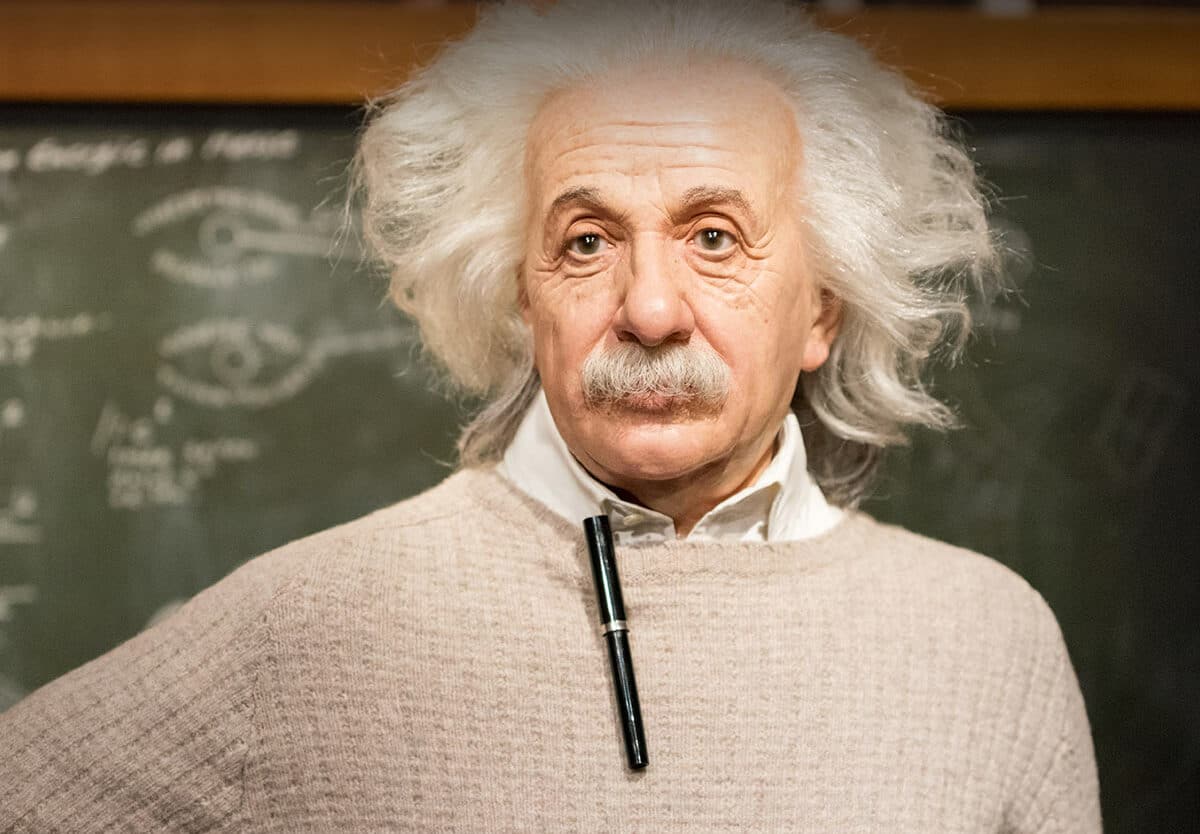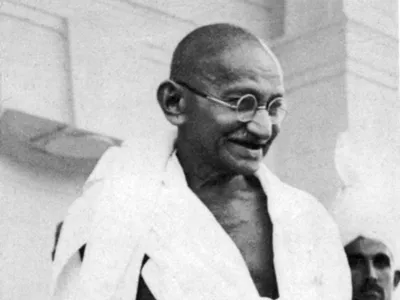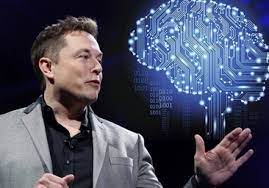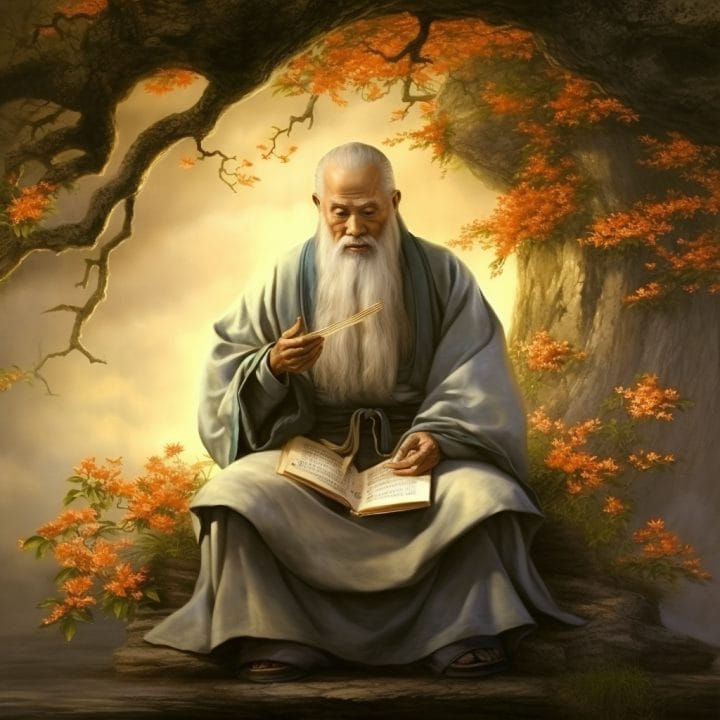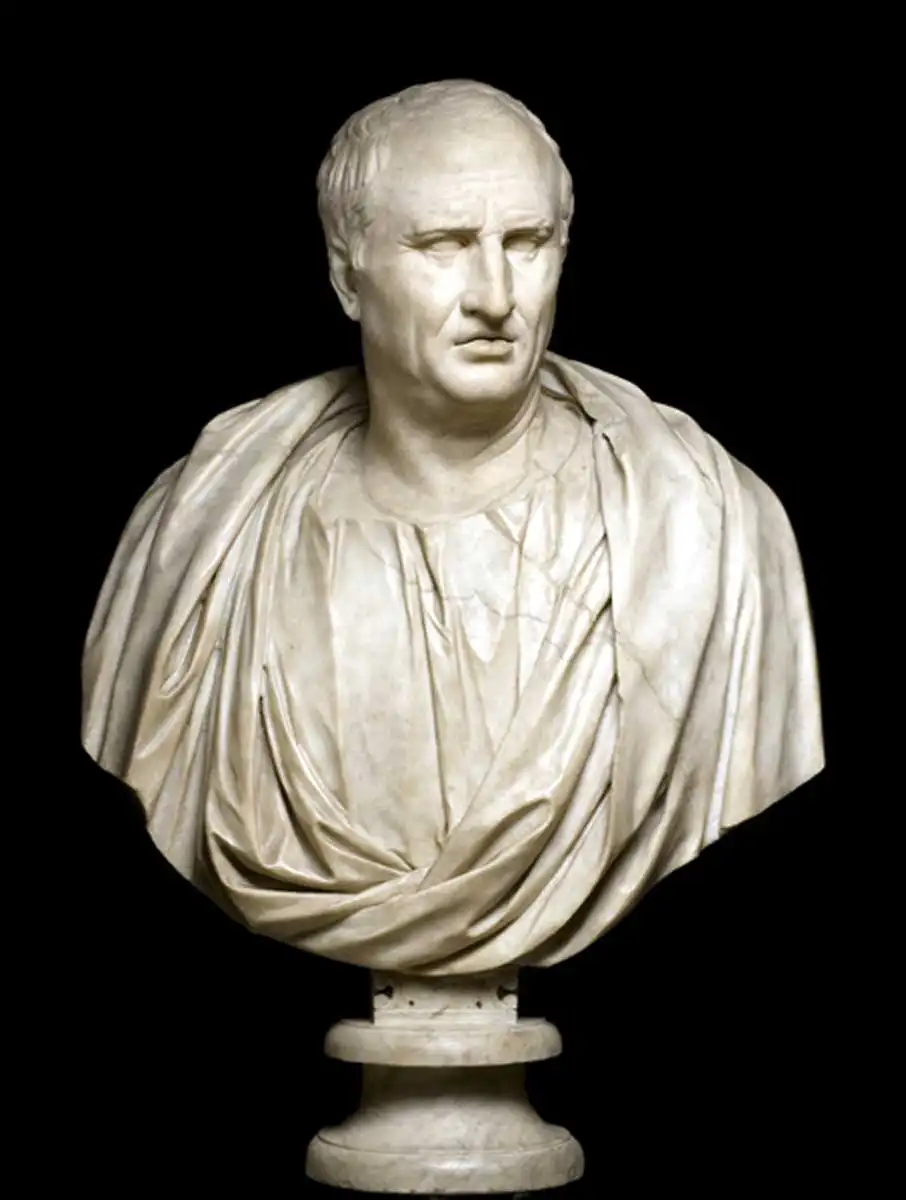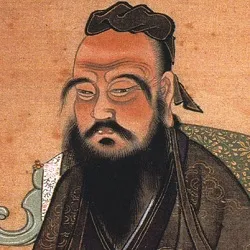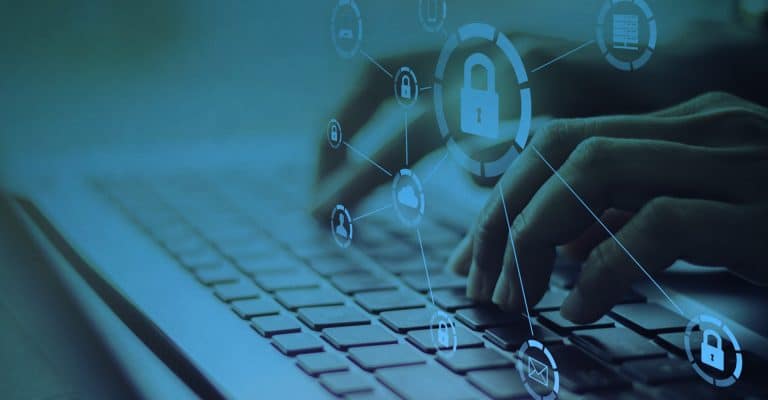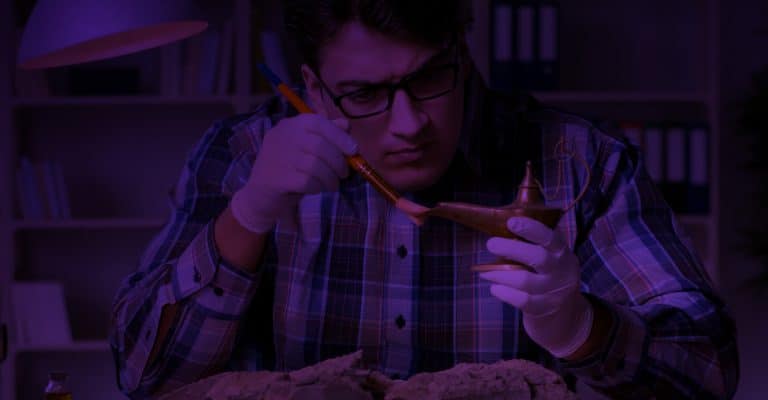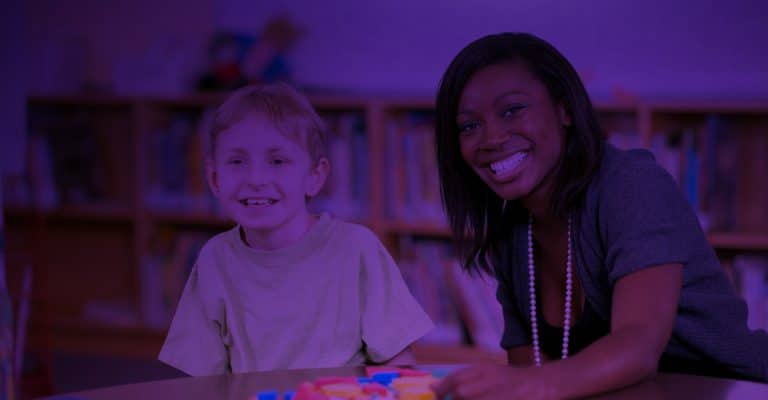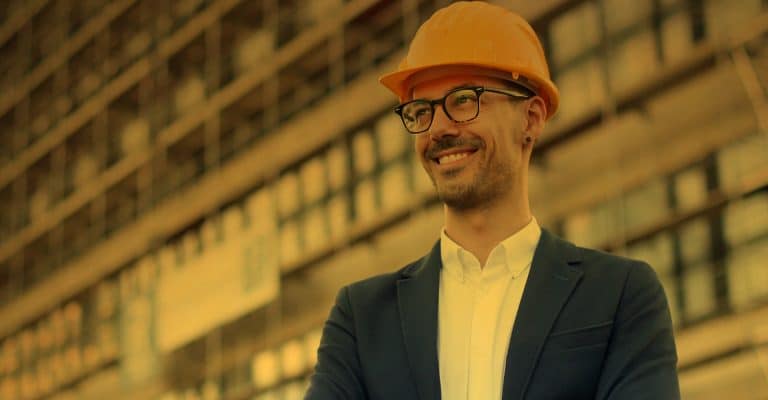Dear Sirs,
The best way to express my experience here at the AIU is to compare it to an invisible teacher who places his students in situations completely new to them and lets them find their way out by trial and error. Though it corrects the errors later, but I have come to realize in fact that the best way to let people learn is to expose them to situations where they can make errors in the course of searching for solutions. This is what exactly, I think, the AIU does. If you are wondering about how this system of education can help, then I will let you think about how great scientists like Antoine Henri Becquerel, Wilhelm Conrad Roentgen, Marie Sklodowska Curie (the wife of Pierre Curie himself a scientist), and Ernest Rutherford discovered and developed the idea of radiation and radioactivity. During the whole history of radiation and radioactivity, we were never told that these scientists received regular lessons from a divine teacher who instructed them exactly when and how to do things. Instead, we learned that going from curiosity to curiosity these scientists worked individually trying to get answers about phenomena to which they have not scientific proofs to explain.
On November 8, 1895, at the University of Wurzburg, Wilhelm Roentgen’s attention was drawn to a glowing fluorescence screen on a nearby table. He immediately determined that the fluorescence was caused by invisible rays originating from the partially evacuated glass Hittorf-Crookes tube he was using to study cathode rays. Surprisingly, these mysterious rays penetrated the opaque black paper wrapped around the tube. Wilhelm had discovered X- rays. http://www.accessexcellence.org/AE/AEC/CC/historical_background.php
Following the discovery of X-rays, Antoine Henri Becquerel pursued his interest to investigate further.
The material Becquerel chose to work with was potassium uranyl sulfate, which he exposed to sunlight and placed on photographic plates wrapped in black paper. When developed, the plates revealed an image of the uranium crystals. Becquerel concluded “that the phosphorescent substance in question emits radiation which penetrates paper opaque to light.” Initially he believed that the sun’s energy was being absorbed by the uranium which then emitted X-rays.
Further investigation, on the 26th and 27th of February, was delayed because the skies over Paris were overcast and the uranium-covered plates Becquerel intended to expose to sun were returned to a drawer. On the first of March, he developed the photographic plates expecting only faint images to appear. To his surprise, the images were clear and strong. This meant that the uranium emitted radiation without an external source of energy such as the sun. Becquerel had discovered radioactivity.
http://www.accessexcellence.org/AE/AEC/CC/historical_background.php
Errors leading to the discovery of what we have today as the telephone.
The first error:
Alexander Graham Bell was fascinated by sound in the 1870s. So, one day he tried to interpret a treaty on sound written in Dutch by a German Scientist. He wrongly interpreted the piece which made him believe that it was possible to reproduce vowels through electromagnetism and let them travel through a distance by wire. Based on this false impression, he convinced many investors who gave him the necessary financial support to start his project.
The second error:
The principle of simple math, (minus) x (minus) = (plus), worked well for Bell, two errors make one big success. Bell had the full financial support of investors but he was having problems with producing the thing he promised. His problem was to have the current necessary to transmit words through distance. So, one day he accidentally spilled over the content (acid) of a cell on himself and on his phone. Then he started calli


